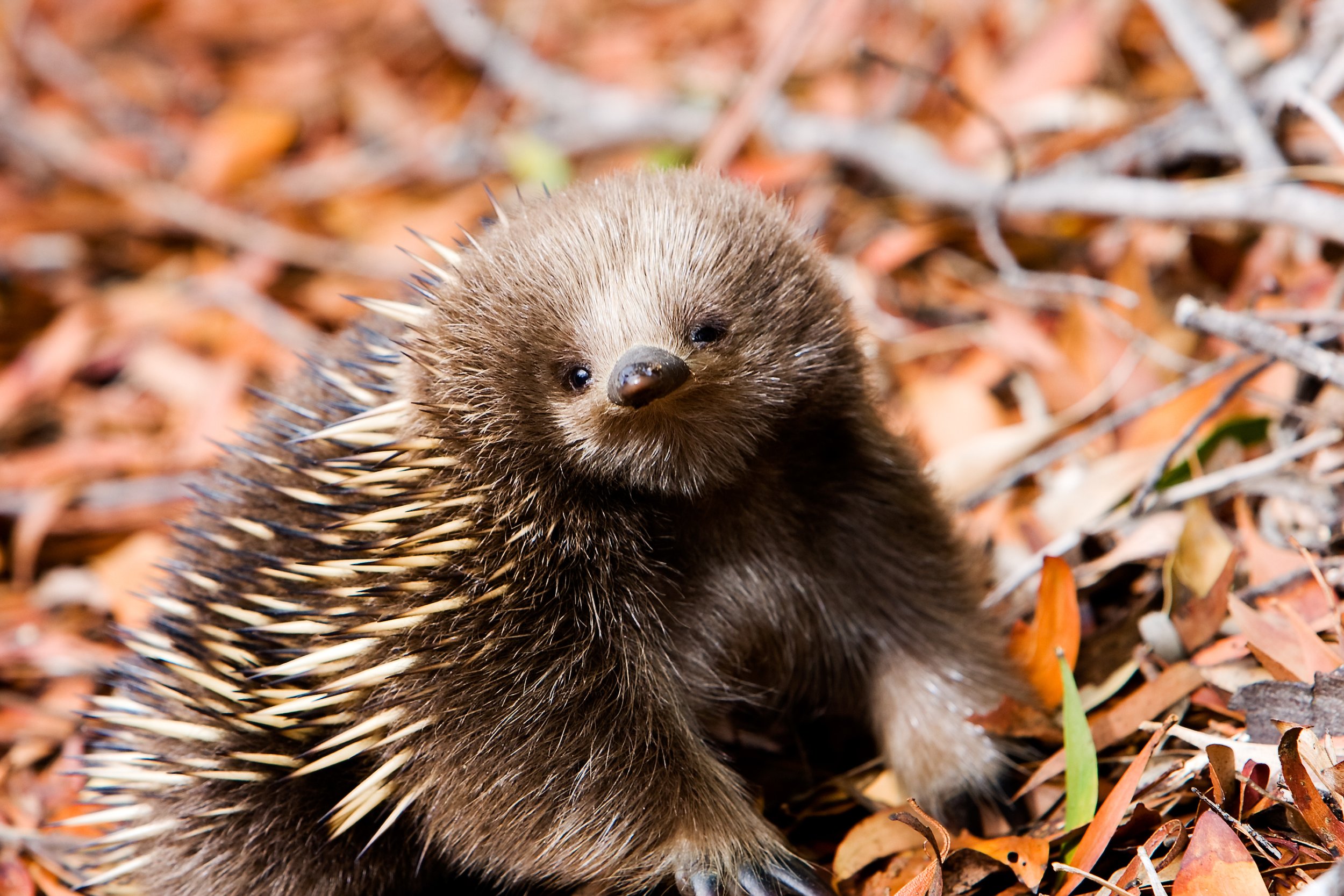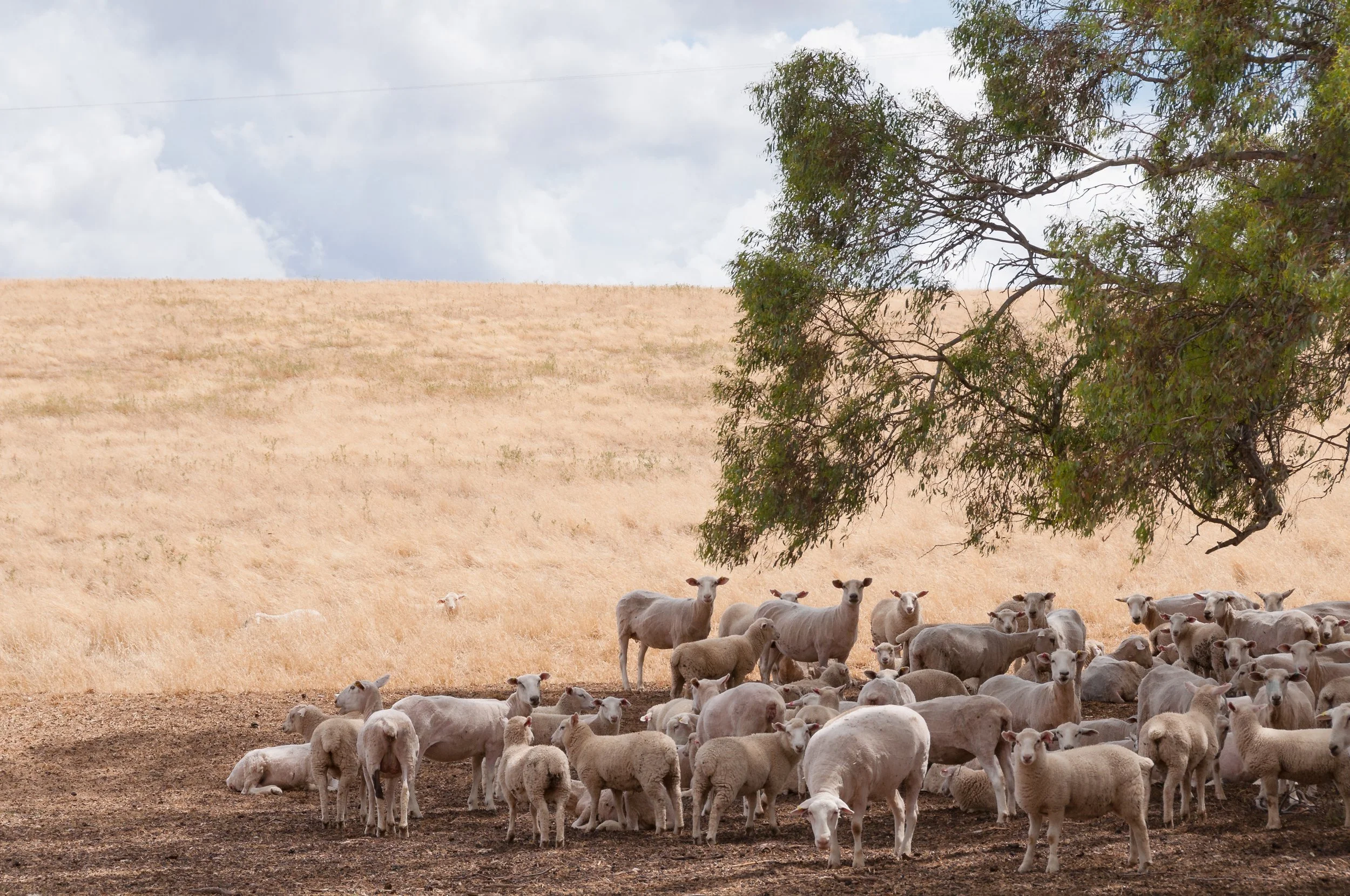
Habitat destruction
The biggest threat facing wildlife across the globe.
The greatest cause of species extinction
Habitat destruction is the leading cause of species extinction in Australia (and worldwide). A Major global issue, this decimation of land and biodiversity represents the primary threat to over 80% of all threatened species in Oceania.
Australia’s relentless and aggressive clearing of land has earnt us the title of the worst deforesting nation in the “developed” world. Further, we are the only “developed” nation featured in a global list of 24 deforestation “hotspots'.
Just 50% of Australia’s forests and bushlands remain intact, as compared to pre-European occupation. We have destroyed 27% of our rainforests, 19% of open forests, 11% of our woodlands and 28% of mallee forests. Land clearing destroys the homes of precious wild living animals and has far-reaching impacts upon our shared, wider ecosystems.
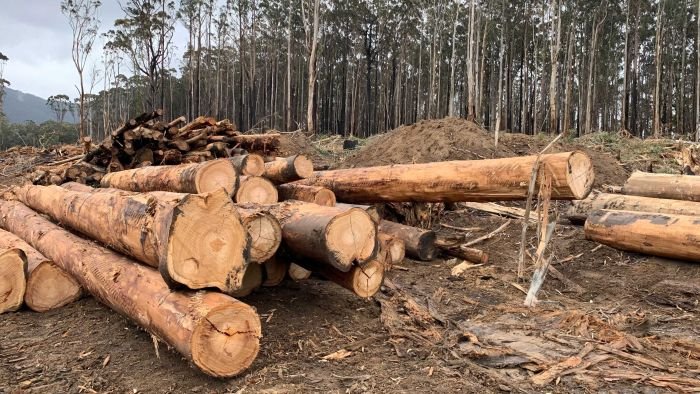
Devastating for wildlife
Habitat destruction is devastating for wildlife. Many native animals die as a direct result of the clearing process - crushed by trees or heavy machinery. Surviving animals, whose homes are demolished, are left without adequate shelter from predators, and are at risk of starvation due to the loss of reliable food sources. Survivors are also far more susceptible to disease or vehicle strikes when seeking out suitable new habitat. Many Indigenous species – like koalas – have strong attachments to small areas and will not disperse even if other habitat is available elsewhere.
These unstable environmental factors can result in prolonged physical and psychological suffering, often for days or weeks, before eventual death.
Estimates suggest that almost 4.9 million animals died due to land clearing every year in the decade between 2005 and 2015. By 2018, the figure had risen to 10 million animals killed each year from habitat destruction in NSW alone. As such, land clearing is a significant animal welfare issue and is the biggest danger our wildlife currently face.
Image: Koala killed during land clearing. Source: Helen Oakley.
Governments are failing to protect Indigenous animals
Despite habitat protection being widely accepted as a vital measure in preventing further extinctions, the Australian government has only identified, listed and supported five critical habitats, none of which have been listed in over 15 years.
During this time, at least 13 more native species, including the first reptile since European arrival and 12 other mammals, have become extinct.
If Australia continues clearing land at the current rate, our precious native wildlife face a very uncertain future. In fact, projections suggest that between one and two species will continue to face extinction each decade.
Image: The Christmas Island forest skink is the first reptile known to have gone extinct in Australia since European arrival. Hal Cogger.
But what are we clearing so much land for, and is it necessary?
According to data from the Australian government’s National Greenhouse Accounts (NGA), livestock grazing was the leading driver of land clearing between 2010 and 2018 with “grazing native vegetation” accounting for more than 1.8 million hectares and “grazing modified pastures'' responsible for 125,000 hectares of clearing. This land desecration occurs for the sake of beef, lamb, dairy, leather and wool industry profits.
Clearing for mining and infrastructure have also had a destructive toll, though account for considerably less land use when compared to livestock grazing.
Original source: Snapshot of Australian Agriculture 2022.
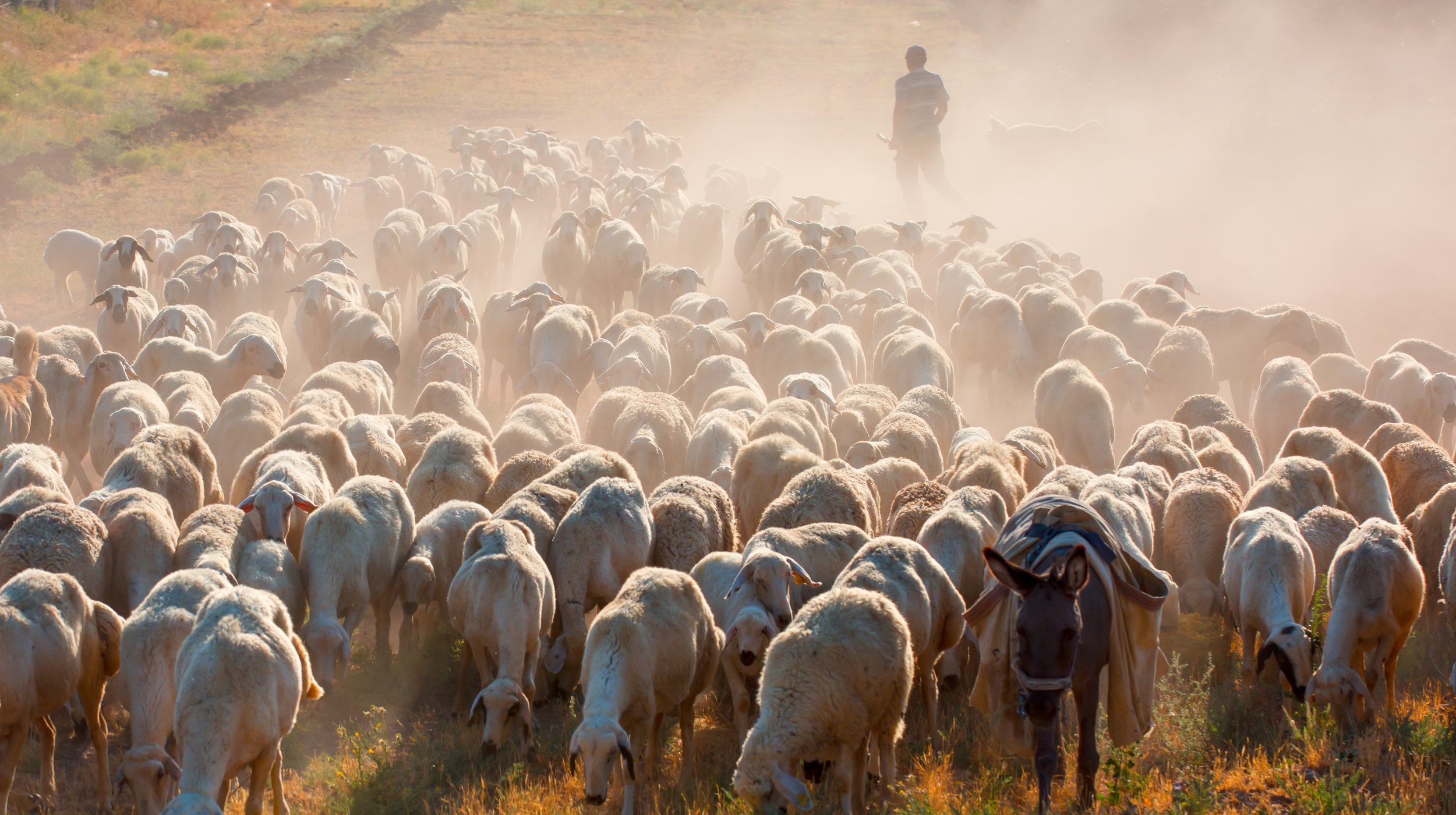
Habitat destruction and agriculture
Loss of the few remaining wild areas to animal agriculture has been identified as the leading cause of the current mass extinction of biodiversity.
Animal agriculture is incredibly land intensive, requiring large areas for both grazing, and growing crops to feed farmed animals.
Raising ‘livestock’ accounts for ~77% of all global farming land use when combining both land utilised for grazing and land required for fodder (animal feed). Despite this, meat and dairy consumption only accounts for 18% of global calories and 37% total protein. Similarly, wool makes up less than 2% of the global fibre market.
Clearing for grazing
Livestock grazing occupies 48.2%, or 370,561,600 million hectares, of Australia’s surface area, and this is before considering the land used to grow crops fed to farmed animals. Conversely, just 9.29%, or 71,421,520 hectares, of land have been set aside for critical nature conservation, and a further 17.75% or 136,462,000 hectares is listed as ‘managed resource protection’.
In Queensland, Australia's worst deforesting state, a massive 2,446,600 hectares of land was cleared between 2010-2018, with over 90% of cleared forests being replaced by pasture required for beef and leather production between 2016-2019.

Destroying critical koala habitat
An analysis conducted by The Wilderness Society found that in just one year (between 2018 and 2019) 92,718 hectares of likely koala habitat was destroyed across Queensland with approximately 80% (or 73,825 ha) attributable to beef and leather production.
Fashion driving destruction
The sheep industry producing meat, wool and lanolin – used in cosmetics – is extremely land inefficient and impactful, too. To produce 1 medium weight knit sweater made of Australian wool, 1837.5 square metres of land must be cleared or kept cleared. Comparatively, if this same sweater was made from Australian cotton (which must be sourced with sustainable, wildlife friendly farming in mind), just 7.44 square metres of land must be cleared or kept cleared. Most land-efficient, this same knitwear produced with Tencel lyocell would require only 1.25 square metres of land must be cleared or kept cleared.
Illustration by Ari Liloan for Collective Fashion Justice’s Shear Destruction Report.
No signs of slowing down
On December 30, 2021, the Queensland government released the Statewide Landcover and Trees Study (SLATS) for 2018/19, which uses satellite imagery to monitor and report changes in woody vegetation in the region.
The study showed that a massive 93%, or 633,336 hectares of habitat destruction during the period cleared to make way for beef and leather production. Subsequently, just five weeks later, the iconic koala was finally listed as endangered under the Environmental Protection and Biodiversity Conservation Act (EPBC Atc) 1999, in NSW, QLD and ACT.
For farmers and landholders, economic conditions are a huge driver of land clearing. For example, when prices of beef and leather products are high, producers have a strong incentive to clear land and expand their production for the sake of greater profits.
Harmful fertiliser applied to the environment
As per the government's recent State of the Environment report, between the years 2016 - 2017, over 50,000 agricultural businesses applied 5 million tonnes of fertiliser to 50 million hectares of agricultural land across Australia. Agricultural activity, which includes cropping and livestock grazing, is the third most commonly listed threat to species listed under the EPBC Act.
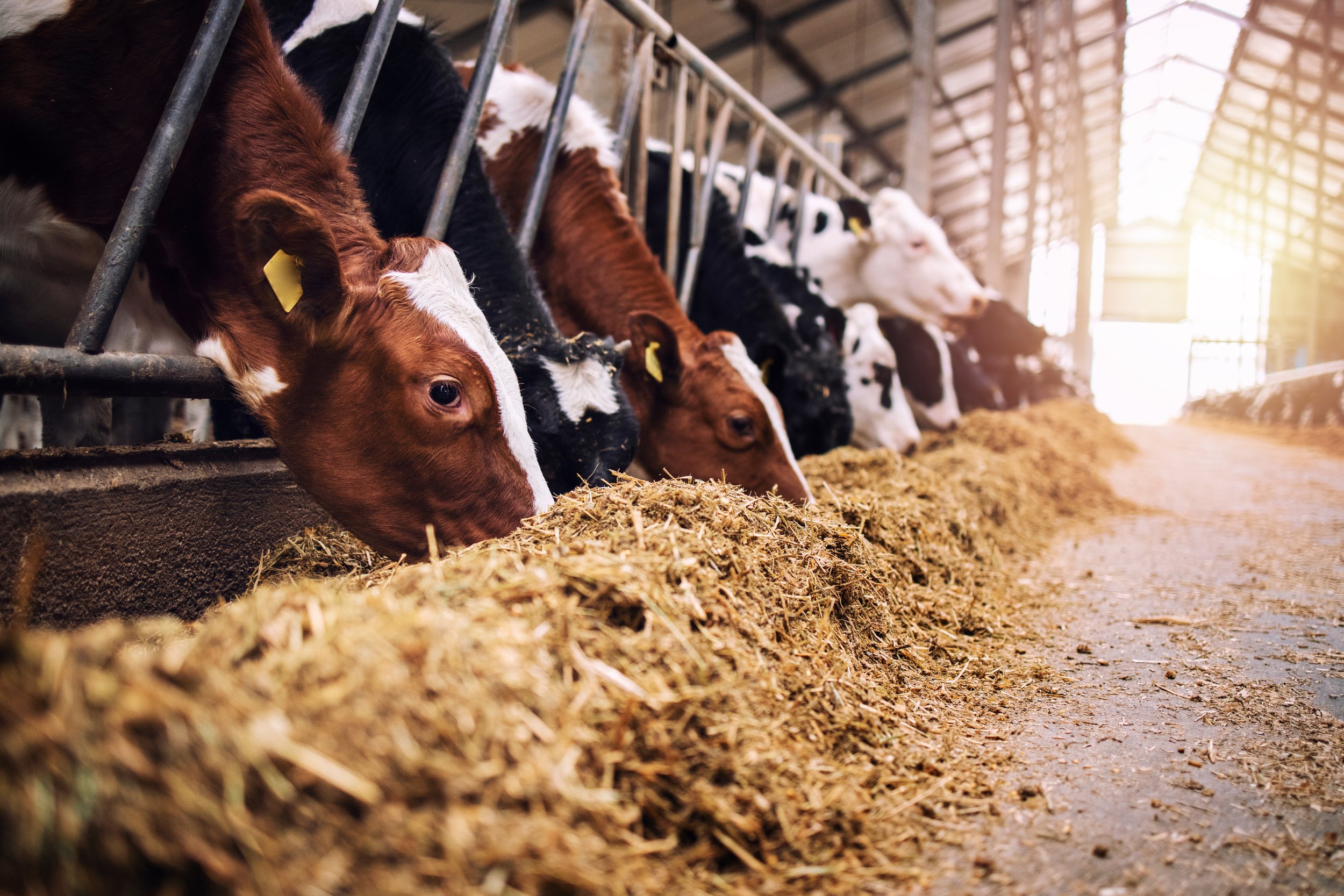
Land use for farmed animal feed
Animal agriculture requires vast areas of land to grow feed for animals exploited and killed in our food system
Hay
According to Agrifutures Australia, a statutory organisation set up by the Federal Government, approximately one-third of Australia’s commercial farms (38,000 properties) grow hay.
An analysis of the National Greenhouse Accounts Factors (crop data table) revealed 90,008,019 hectares of land, or 11.7% of Australia’s land surface, was used to cut hay for farmed animals in 2020.
According to ABARES, close to 1.2 million tonnes was exported overseas with an overall value of $584 million in 2019-2020. This represents 100% growth in the industry since previous reports in 2006-2007 when industry exports were valued at $242 million (788,600 tonnes).
Grains
Around 22 million hectares of land is used to plant grain crops across Australia, with the domestic feed grain industry representing the single largest market for production. Of this around 6,947,600 hectares is used to grow grains for farmed animals.
A report released by the Feed Grain Partnership in 2018, which looked at grain production for animal feed between the 2017/18 and 2018/19 period, found that between 2018 and 2019, 66.43% of the total grain used was fed to farmed animals, whilst only 27.26% represented grain used for human consumption.
This growth in grain consumption by animal farming industries reflects the continued growth of intensive farming of cattle in feedlots, and factory farming of chickens used for meat production.
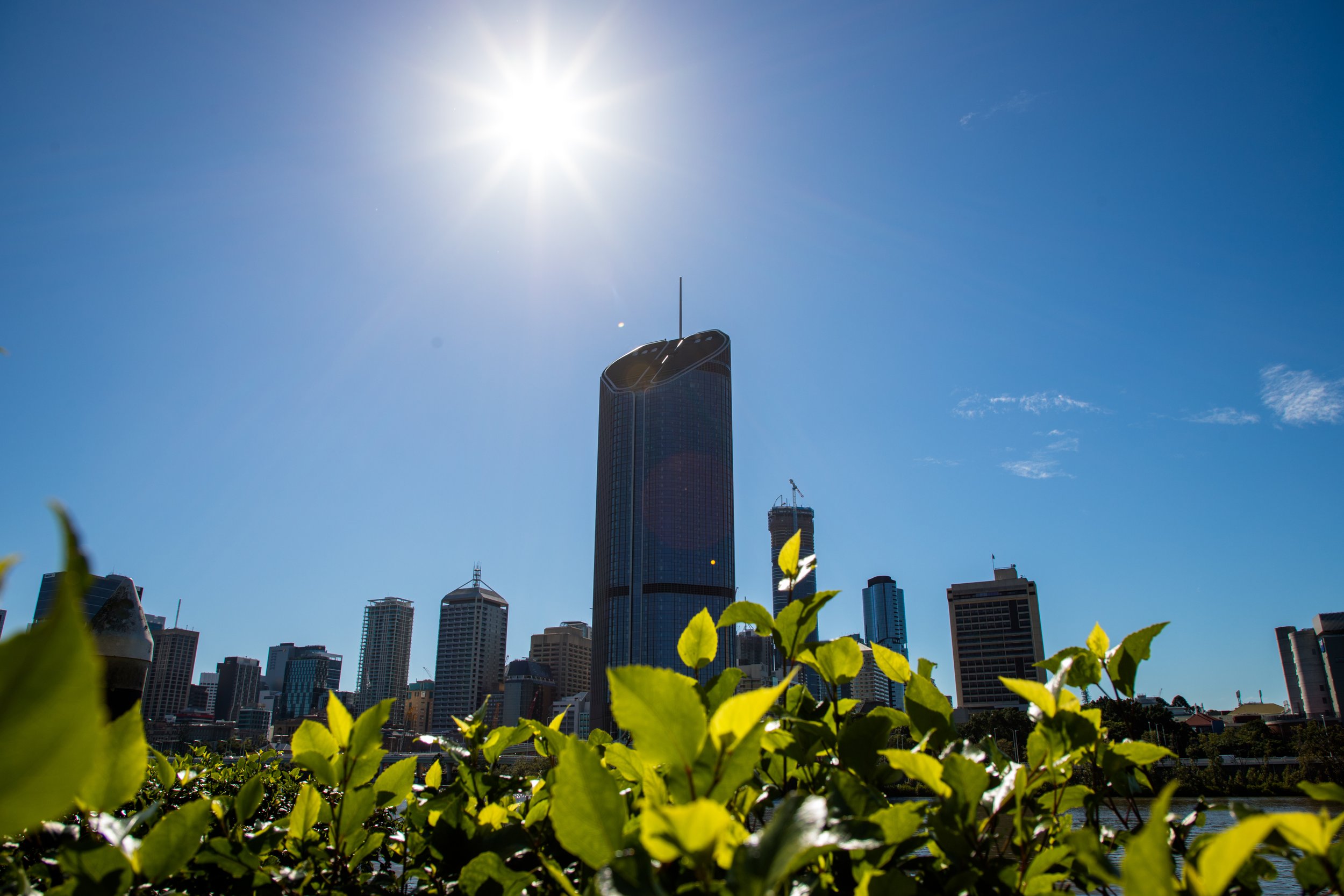
Urbanisation
Continued growth in urban areas is placing increasing pressure on Australia's natural environment, with the country's population growing by 1.6 million people between 2016 and 2020 to 25.6 million people. Of this, more than 76% of people live in major cities.
This continued increase in urban density, as well as urban sprawl, places pressure on the natural environment and heritage. For the natural environment, it is driving land clearing, reducing green spaces, generating pollution, and causing biodiversity loss.
Urban areas that are rich with biodiversity are valuable to not only the ecology that lives within them but the health, well-being, and identity of urban citizens.
The 2021 State of the Environment Report, released in July 2022 by Labor after being held back by the Coalition government, outlined:
“The threats to biodiversity in terrestrial urban areas are fragmentation from urban sprawl, logging and agricultural expansion; vehicle strikes and dog attacks; and the impacts of climate change, including more intense bushfires, droughts, and extreme heat events”
Broader implications of land clearing
As well as the direct impacts on native animals, tree clearing has a much broader impact too. Trees play a vital role in capturing and storing greenhouse gas emissions. When cleared, that CO2 is released back into the atmosphere, heating the planet and contributing to climate change. Australia’s carbon emissions from land clearing are the equivalent of approximately one-third of total emissions released by all coal-fired power stations in the country. You can learn more about the impact climate change is having on our wildlife here.
Less trees in a region can contribute to drought by lessening the amount of rainfall. Land clearing also promotes soil erosion, causing fertile topsoil to be swept into waterways, which can harm existing ecosystems. Estimates suggest that soil is being lost anywhere from 13x-40x faster than its rate of renewal, contributing to biodiversity decline and unsustainability.
Deforestation is responsible for 15% of total global greenhouse gas emissions

It doesn’t have to be this way
Animal-based agriculture is incredibly land intensive, representing 80% of all global farmland use, whilst accounting for just 37% of total global protein.
A transition away from animal-based farming in favour of plant-based agriculture, would reduce global farmland needed from 4 .1 billion hectares to just 1 billion hectares - a 75% reduction on current figures, eliminating the need for continued land clearing. This would also present an opportunity for rewilding - returning the land to nature, helping it to heal from the damage already caused. Further, this additional land has the potential to sequester an additional 8 billion tonnes of CO2 in vegetation and soils each year.
A transition away from animal agriculture in favour of a plant-based food system should be designed by Indigenous communities, who have lived sustainably on the land for 60,000 years prior to European occupation. As recognised by a recent IPCC report, “Indigenous communities can advance effective adaptation through the passing down of knowledge about climate change and planning that promotes collective action and mutual support across the region”.
The struggle for climate justice and the protection of wildlife has roots in the struggle for Indigenous land rights, and a more just food system for all requires community empowerment through Indigenous governance regimes, cultural practices to care for land and water, and genuine and meaningful land rights.
You can learn more about the solutions available below.
Pledge to become a Wildlife Defender!
Join a growing community of people dedicated to the protection and preservation of this country’s wild places and faces by becoming a Wildlife Defender today!
